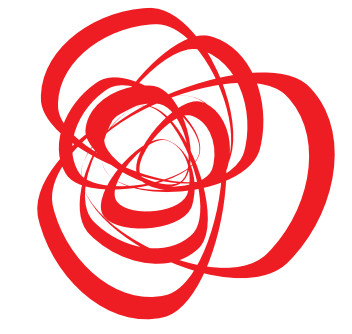All You Need to Know about Breast Cancer by Wáberer Medical Center Budapest
- 8 May 2024 5:10 PM

From Wáberer Team:
Find out everything about breast cancer prevention and symptoms from A to Z, and feel free to contact us with any complaints or questions, and don't forget to attend at the annual screening tests!
To know more about Dr. Orsolya Zsuzsanna Ping just click here
Statistics
In Hungary breast cancer may occur in 7-10% of women. Middle-aged individuals are at most risk, the tumor most often effects women between the age of 40 and 60. 4,000-7,500 new breast cancers are discovered every year, and 2,200 of them have mortal outcome.
What are the predisposing factors?
The risk of the formation of the disease increases proportionally with age, it usually develops over the age of 35-40.
Additional risk factors:
• early menstruation
• late menopause
• late (over age of 35) childbearing
• childlessness
• climacteric
• genetics (gene mutations)
• chest wall radiotherapy at a young age
• dense breast
• long-term use of hormone preparations
Breast self-examination
Once a month, preferably after the menstrual period, when the breast is not sensitive or swollen, it is worth examining our breasts as per the following:
1. Look at your breasts in a larger mirror from several directions, with your hands on your hips and then raised above your head.
2. Look at your nipples carefully, both from the eye and from the side, to see if you experience any changes in shape.
3. Repeat the same with raised arms.
4. With your left arm still raised, with your right hand and closed fingers, feel your left breast in a circular motion to see if you feel any lumps or lumps. Then examine your right side in the same way.
5. Lie down, place a folded towel or small pillow under your left shoulder and extend your left arm above your head.
6. With your right hand, use circular movements from outside to inside, moving towards the nipple, feel your breast again.
7. Examine the area between the breast and the armpit, as well as the area under the armpits
Screening tests
The complex breast examination (tomosynthesis mammography, breast ultrasound and physical examination by a specialist) is a recommended screening test annually for people over the age of 35. It is important to point out that the cure rate of lesions and tumors detected in time has an exponentially more successful outcome than those cases that are discovered late.
Why is it advised to choose complex breast diagnostics?
Wáberer Medical Center strives to use the most effective examination methods, with the most modern tools, which in the case of breast examination means complex breast diagnostics. The complex breast examination includes tomosynthesis mammography, as well as physical examination and ultrasound examination with immediate results.
What can you except from the test?
After the mammography/tomosynthesis examinations, you will meet with our specialist radiologist, who is experienced in breast examinations, who will evaluate the completed mammography/tomography images, which he will supplement with targeted images if necessary. He then physically examines the breast and prepares an ultrasound examination of the breast and lymphatic regions. You can tell your complaints to the radiologist, who will answer your questions during the examination and give you information about what to do next.
The examination can also be performed in the presence of breast implants.
Possible symptoms of breast cancer
It is important to point out that breast cancer can be completely asymptomatic in its early stages, but it is worth paying attention to the following 8 worrying signs:
1. a lump in the breast,
2. indentation on the skin of the nipple or breast,
3. bloody discharge from the breast,
4. the nipple becomes red or itchy with eczema,
5. ulceration of the skin,
6. breast that is half up compared to the opposite side,
7. enlargement, swelling, extensive redness,
8. a lump in the armpit.
Click here to virtually visit Wáberer Medical Center in Budapest
Booking: +36 1 323 7000





























LATEST NEWS IN community & culture